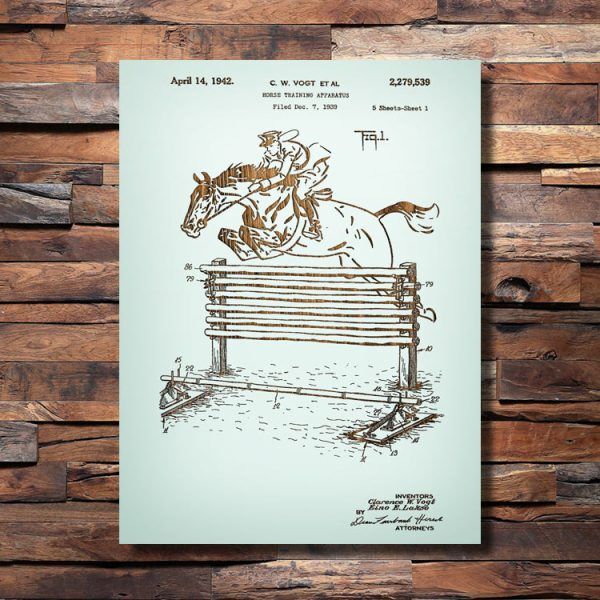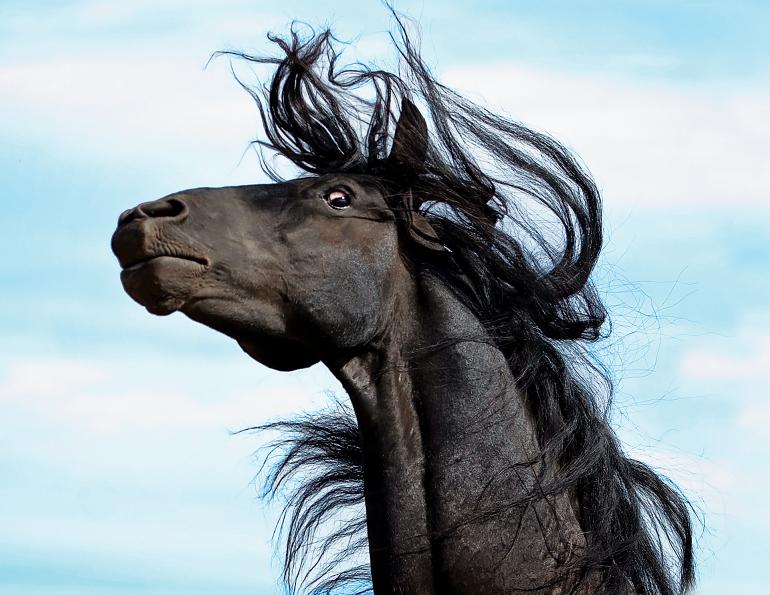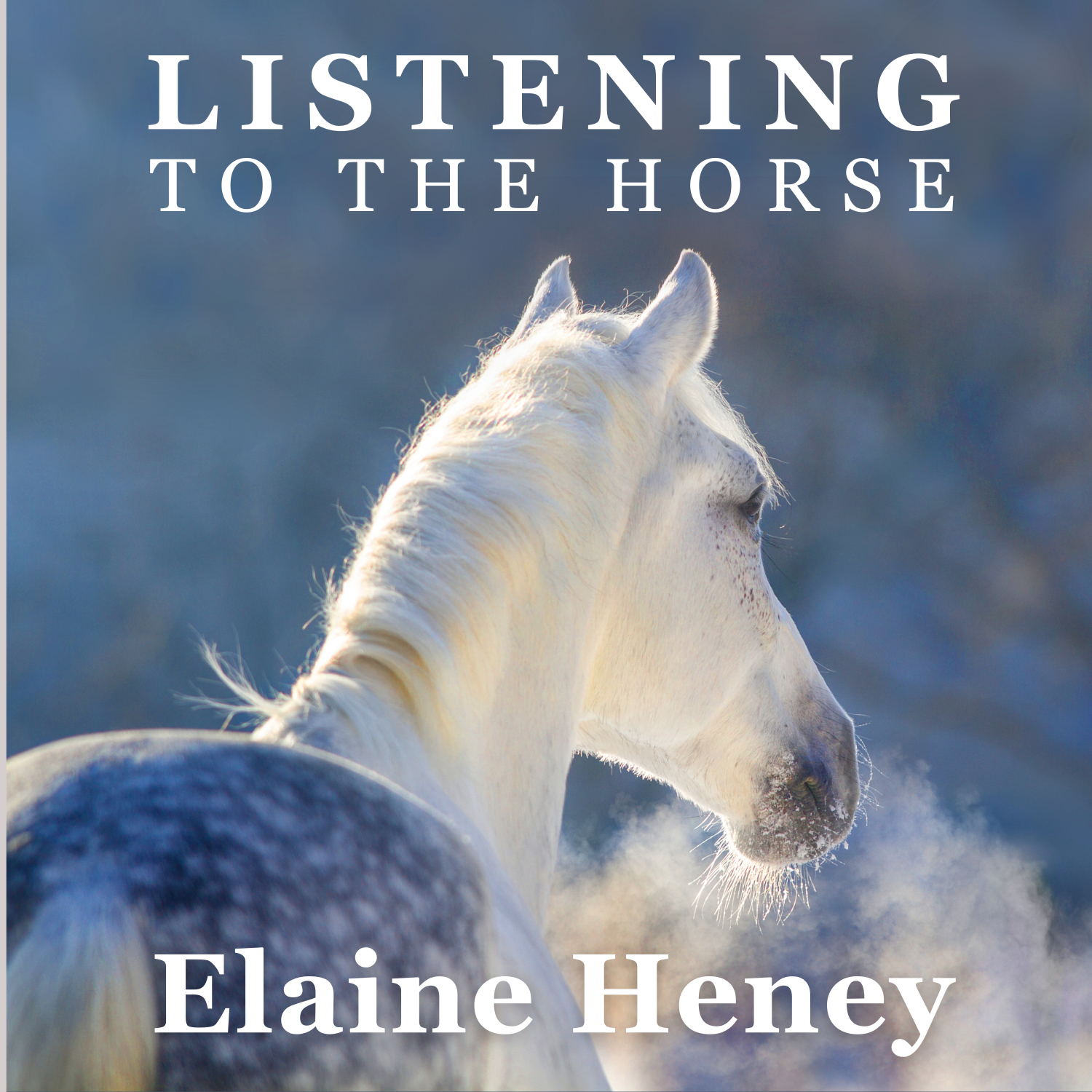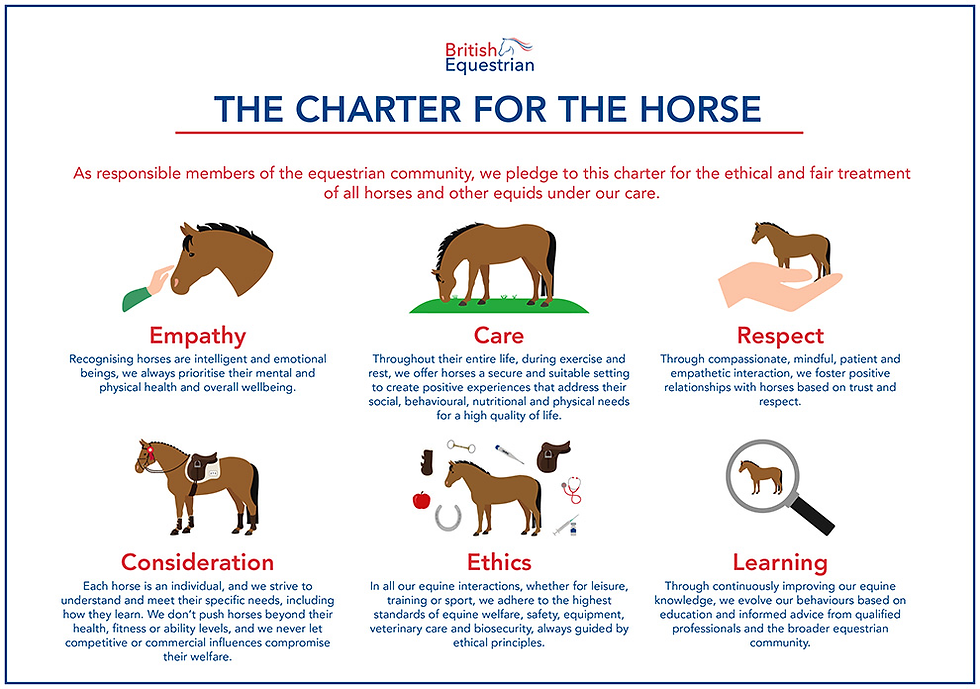Reading Horse Body Language During Training

Understanding horse body language is essential for effective training and building a strong bond with your horse. Horses communicate primarily through their body, and recognizing these signals can help trainers respond appropriately, ensuring safety and improving training outcomes.
Why Reading Horse Body Language Matters

Horses are prey animals with keen senses, relying heavily on non-verbal cues to communicate. Misinterpreting these signals can lead to misunderstandings, stress, or even dangerous situations during training sessions.
Key Body Language Signals to Watch

| Body Part | Signal Description | Meaning/Implication |
|---|---|---|
| Ears | Forward, pinned back, flicking | Interest, aggression, irritation |
| Eyes | Wide open, soft, showing whites | Fear, calmness, alertness |
| Tail | Swishing, clamped, relaxed | Agitation, discomfort, contentment |
| Head Position | Raised, lowered, shaking | Alertness, submission, annoyance |
| Body Posture | Tense, relaxed, shifting weight | Readiness, calmness, unease |
Common Horse Behaviors and Their Meanings
- Nipping or biting: Often a sign of discomfort or a request for attention.
- Pawing the ground: Indicates impatience or frustration.
- Snorting: Can signal alertness or a warning.
- Yawning: May show relaxation or stress relief.
Tips for Trainers to Interpret and Respond
- Observe consistently: Pay attention to subtle changes in posture and expression.
- Context matters: Consider the environment and recent events affecting the horse.
- Stay calm: Your demeanor influences the horse’s reactions.
- Use positive reinforcement: Reward calm and cooperative behavior.
FAQ
Q: How can I tell if my horse is stressed during training?
A: Look for signs like pinned ears, tail clamping, wide eyes showing whites, and tense body posture.
Q: What should I do if my horse shows aggressive body language?
A: Stay calm, give the horse space, and reassess your approach to avoid escalating the situation.
Q: Can body language help improve training effectiveness?
A: Absolutely. Understanding and responding to your horse’s signals fosters trust and makes training more efficient.
By mastering the art of reading horse body language, trainers can create a safer, more empathetic training environment that benefits both horse and handler.
